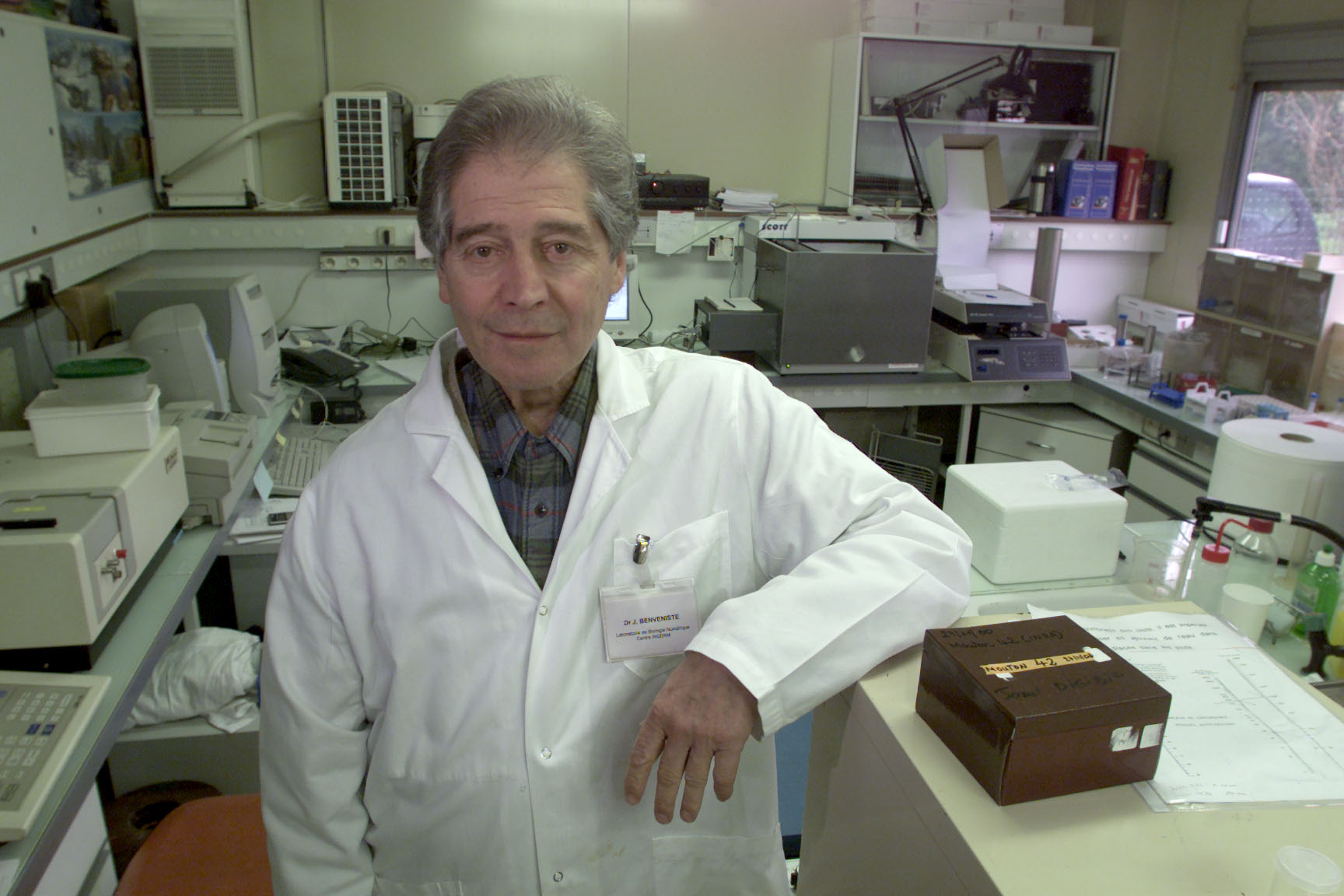- Details
- Hits: 2989
 Taking a leak, a jimmy riddle, a wee or a quick pee is something we take for granted. However, a rare condition called a urethral stricture means this call of nature will at some point require medical intervention. While this can make coping with the problem easier, it can also present new challenges in learning how to self-manage the condition, in choosing the right ongoing treatment, and not least in dealing with the NHS long-term.
Taking a leak, a jimmy riddle, a wee or a quick pee is something we take for granted. However, a rare condition called a urethral stricture means this call of nature will at some point require medical intervention. While this can make coping with the problem easier, it can also present new challenges in learning how to self-manage the condition, in choosing the right ongoing treatment, and not least in dealing with the NHS long-term.
I first experienced the extreme physical discomfort of complete urinary retention as a young woman. This happens when one is full to bursting and the mounting pressure intensifies the desire to pass water, but does nothing to relieve it. In addition, the emotional and psychological distress from the fear and denial that my body could not function in such a basic way was profound.
It turned out I had a large bladder stone - quite rare nowadays, about the size of a golf ball. The white calcified mass lodging in my bladder had been undiagnosed for nine years and in combination with the stricture eventually caused me to stop 'going' at all: a potentially life threatening situation, only relieved with the aid of an indwelling catheter which filled a bag strapped to my thigh. I could now choose when to visit the loo, but this private convenience turned into a nine year holiday for my urethra, which may have contributed to it having gone into a dormant and possibly irreversible state.
- Details
- Hits: 3202
Picture yourself in a boat on a lake in the Dalai Lama’s back garden about to explore the Temple of Lukhang. The Wellcome Library pulls off a masterstroke by recreating it in a fascinating exhibition.
 In 1645 building began on a winter residence for the 5th Dalai Lama. The Potala Palace looms over Tibet’s capital city Lhasa, and is today a UNESCO World Heritage Site museum cramming in up to 3000 visitors a day. Towards the end of the 17th Century, the 6th Dalai Lama built the Lukhang Temple on the willow covered lake island hidden behind the Potala as a private retreat.
In 1645 building began on a winter residence for the 5th Dalai Lama. The Potala Palace looms over Tibet’s capital city Lhasa, and is today a UNESCO World Heritage Site museum cramming in up to 3000 visitors a day. Towards the end of the 17th Century, the 6th Dalai Lama built the Lukhang Temple on the willow covered lake island hidden behind the Potala as a private retreat.
The uppermost chambers of the Lukhang Temple concealed a secret: some 2,500 metres of murals depicting 84 yogis undertaking the vigorous physical and contemplative spiritual practices necessary for enlightenment. In 1986 Thomas Laird, a young photographer, made a complete record of the vivid pink, gold-red, green, white and celestial blue wall paintings known as The Great Perfection (Dzogchen). These life-size, digitised images are the backdrop to the Wellcome exhibition. In 2006, Laird showed the murals to the 14th Dalai Lama, in exile from Tibet since 1959. He had never seen the paintings before and deciphering the arcane symbols, referred to them as ‘motivational tools’ for human development.
Originally accessible only by boat, the Lukhang Temple was designed as a harmonious three dimensional mandala representing outward reality, inner experience and the transcendent state beyond time and space. The three levels built in the Tibetan, Chinese and Mongolian styles reflecting Tibet’s complex political history. Its purpose as a watery sanctuary appeased the Naga and the Lu, the elemental energies that Tibetan Buddhists believe were here long before the emergence of human beings.
- Details
- Hits: 3671
Sam Burcher reports on some recent findings that bear on a centuries-old controversy.
 Chemists in Korea discovered how molecules clump together on dilution in water. Their report triggered off speculations on how that might explain homeopathy. But does homeopathy really work? According to the medical establishment, the answer is no, there is no known mechanism whereby it could conceivably work [1].
Chemists in Korea discovered how molecules clump together on dilution in water. Their report triggered off speculations on how that might explain homeopathy. But does homeopathy really work? According to the medical establishment, the answer is no, there is no known mechanism whereby it could conceivably work [1].
But on 30 April 2002, the Royal Homeopathic Hospital became a member of University College London Hospital. This marks a decisive change in attitude of the medical establishment towards homeopathy.
The most recent controversy regarding homeopathy erupted around distinguished French research scientist, Dr Jacques Benveniste, well-known for his discovery, in 1971, of PAF (Platelet Activating Factor) a mediator implicated in allergies and inflammations e.g. asthma.
In 1984, Benveniste made another remarkable discovery: water is capable of carrying molecular information or biological messages. This "imprinting" is activated when a substance is dissolved in water and then diluted repeatedly until not a single molecule of the substance could remain [3].
Benveniste's dilutions went way beyond the level investigated by the Korean chemists Samal and Geckeler. The highest dilutions could have contained nothing but water molecules. Yet, these gave effects just as if the drug molecules were still present. The water appears to "remember" the original molecules dissolved in it.








